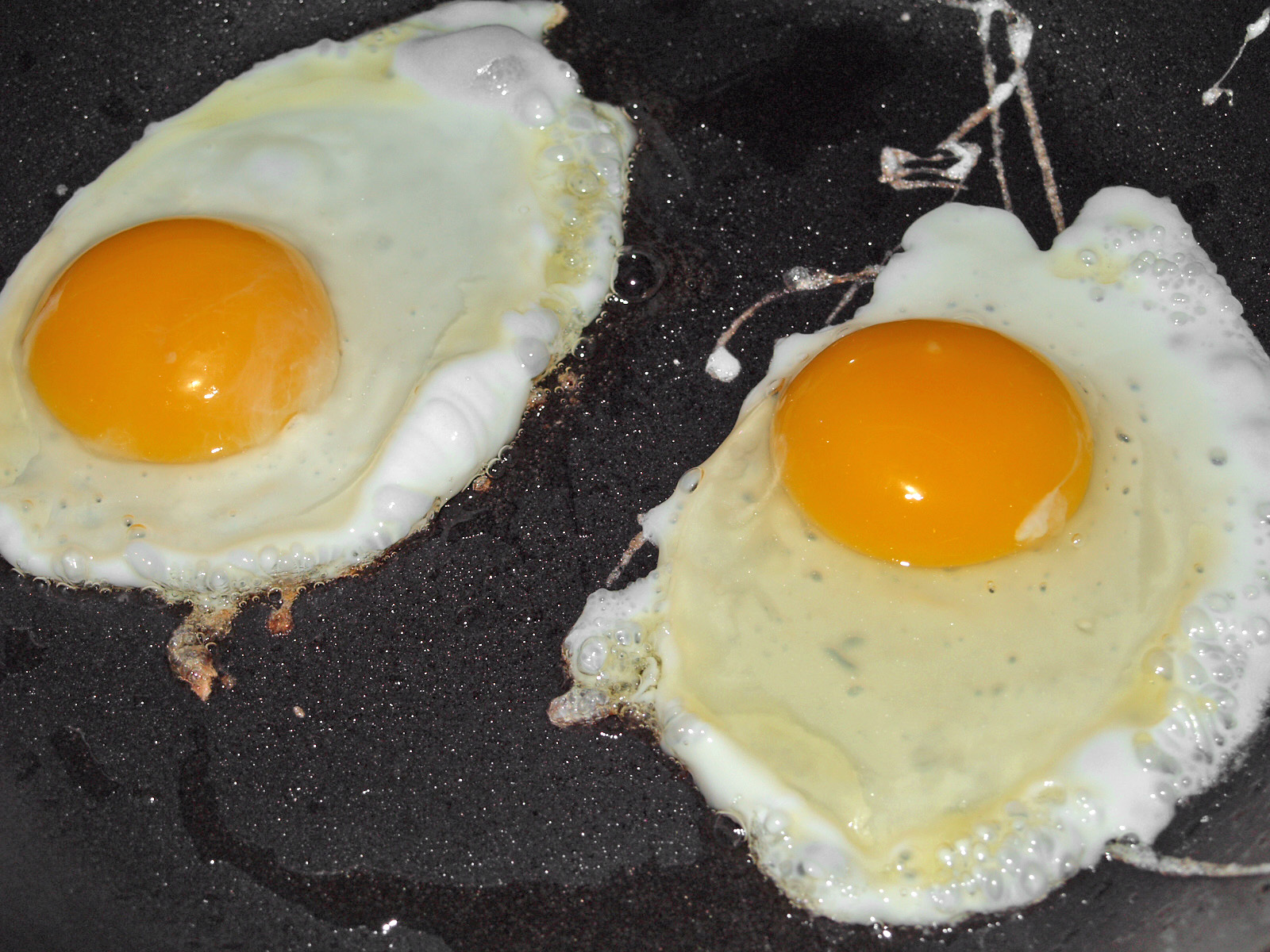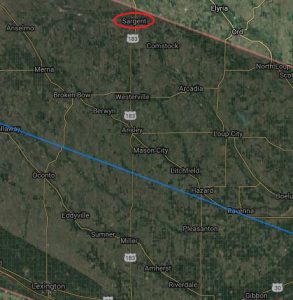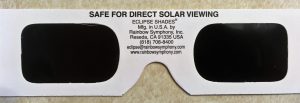Why Using a Welding Helmet to View the Eclipse May Be a Bad Idea
I have heard countless numbers of farmers tell me that they are going to view the eclipse with their welding helmet. According to NASA, make sure that you are using a shade 12 or higher welder’s glass; any shade less is not safe to look directly at the sun.
Gene Willers of Neligh, NE recently gave this testimony of how his eye was damaged by an eclipse when he was 13 years old in 1963.
“There was a lot of news about the eclipse…They gave advice to not look at it and those type things.” After all looking at the sun during an eclipse can cause retinal burn or permanent eye damage.
“Being a farm kid and a 13-year old who knows a lot, so I thought ‘It can’t hurt to look at it through a welder’s shield or helmet .’ Just to be on the safe side, I looked through one eye – it was my right eye. I didn’t really look for a long time because it was blinding, even with the welder’s glasses…but apparently it didn’t take a long time.”
Little did he know the damage that had been done to his right eye.
“The next day when I woke up my eye was matted shut and swollen. I went to an optometrist and of course it was like a sunburn on my eye, plus there were indicators that retinal damage may have occurred. Not too soon after that I had to wear glasses to correct some things.”
Please protect your eyes and use proper eclipse viewing glasses. You don’t want to turn your eyes into these.











